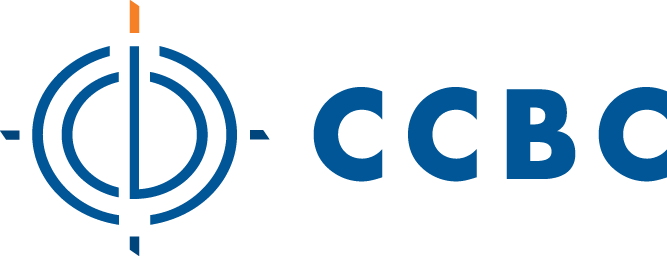18 Practical Guidelines for a Balanced Diet
Amy Ertwine and Open Resources for Nursing (Open RN)
Practical Guidelines for a Balanced Diet
Creating a balanced diet involves choosing a variety of foods that provide all the essential nutrients in the right amounts.
- The Plate Method
The Plate Method is a simple visual guide to help balance meals:- Half the plate: Fruits and vegetables
- One-quarter of the plate: Lean protein (such as chicken, fish, beans)
- One-quarter of the plate: Whole grains (such as brown rice, whole wheat bread)
- Include a serving of dairy or a dairy alternative.
- Portion Control
Portion control is key to preventing overeating and maintaining a healthy weight. Use smaller plates, be mindful of portion sizes, and avoid eating directly from packages to help manage portions effectively. - Mindful Eating
Mindful eating involves paying attention to what and how you eat. It encourages eating slowly, savoring the flavors, and recognizing hunger and fullness cues. This practice can help prevent overeating and promote a healthier relationship with food. - Limit Processed Foods
Processed foods are often high in unhealthy fats, sugars, and sodium. Limiting these foods and focusing on whole, unprocessed foods can significantly improve overall nutrition and health outcomes.

